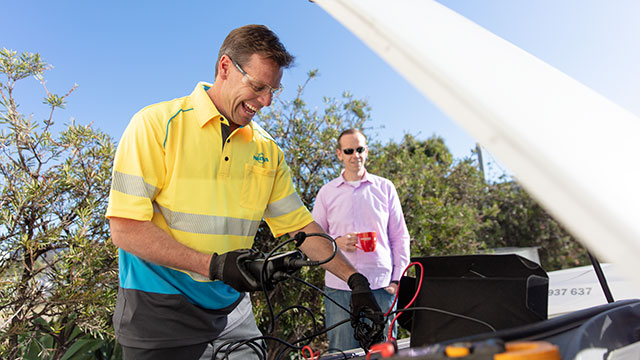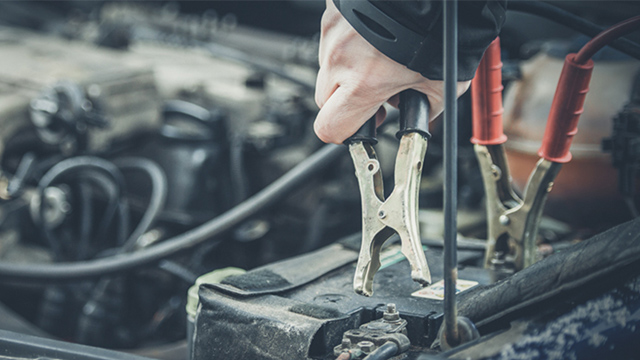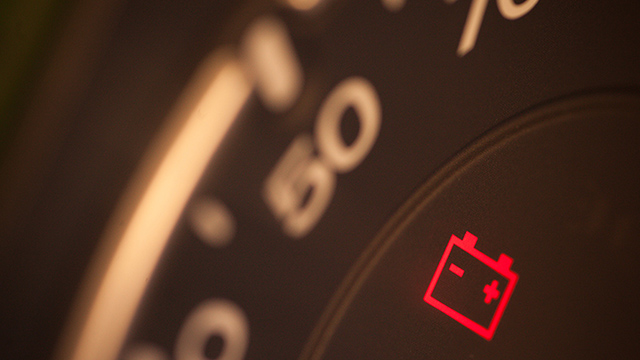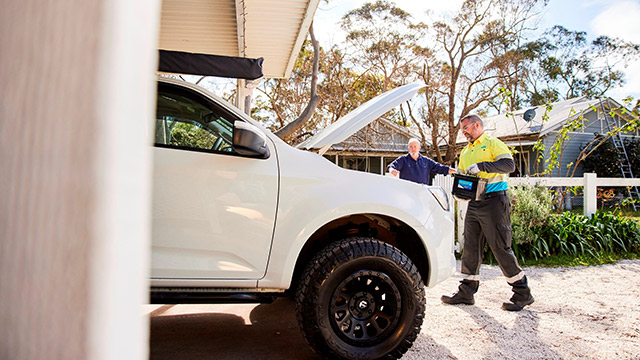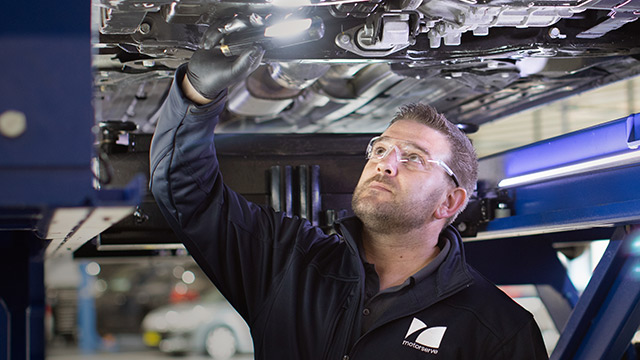If you haven’t been driving your car or it’s been left sitting idle, you may not have enough power in your battery to start the engine. And while it may seem like a good idea, running your vehicles engine five minutes a day is not enough to maintain your car battery.
To maintain the charge in your vehicles battery you need at least 30 minutes of driving - depending on the vehicle and the battery age. However, we recommend using a battery charger. With a fully automatic charger, it can be fitted to maintain your pride and joy or, used as a normal battery charger. Charge every two weeks and you’ll extend the life of your battery, restore battery performance and minimise the chances of breaking down.
If you’re after a battery charger, or a battery for your car - the NRMA are here to help. Simply call 1300 726 751.
Battery charging checklist:
4 ways a battery can be charged:
This is when a battery charger supplies DC power to a battery. The charge is constant and does not vary based on a timer or the current charge of the battery. They are generally cheap but take longer to charge a battery.
This is when a battery charger supplies a low current charge over a longer time period. A battery charger using the trickle charging method can sometimes be indefinitely connected to the battery (depending on the makeup of the battery charger).
This is when a battery charger stops its recharge after a set time. The downside of this method of battery charging is that overcharging may occur, which can cause irreversible damage to the battery.
The smart charging method usually relies technology that can communicate with the battery and ascertain its level of charge. This allows the charger to balance its load and optimise the way it charges a battery. Charging is stopped when the battery reaches its capacity. A high quality intelligent charger can help keep a battery in a good state of health, which can also extend battery service life.








